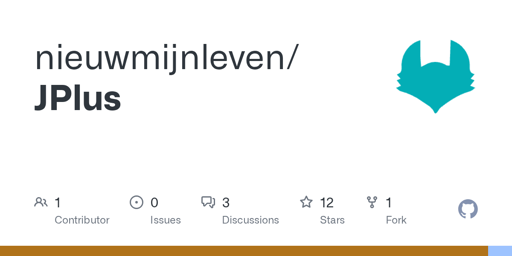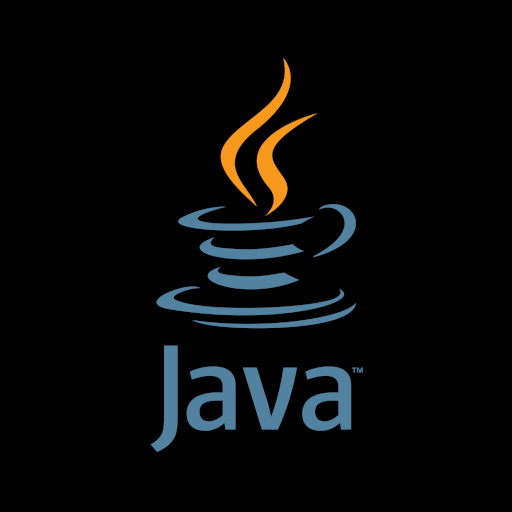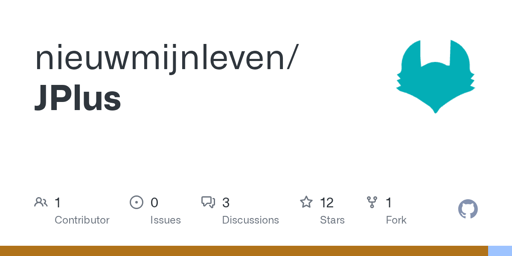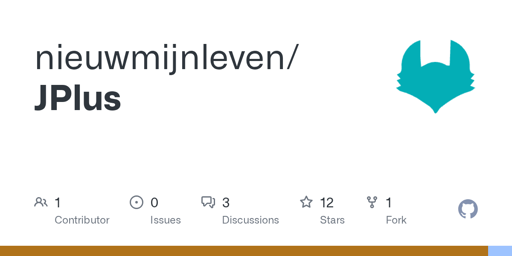- 10 Posts
- 30 Comments

 2·1 day ago
2·1 day agoIt’s true that the project is still in its early stages and not very large yet. I believe that with consistent effort, the number of people contributing to this project, as well as those who want to use JPlus, will grow over time. Thank you.

 1·1 day ago
1·1 day agoThis is exactly the core problem that JPlus aims to solve.

 1·1 day ago
1·1 day agot’s true that JPlus holds a similar position to TypeScript. However, it is a programming language. Here’s a definition quoted from the main page of the TypeScript website -> “TypeScript is a strongly typed programming language that builds on JavaScript, giving you better tooling at any scale.”
Similarly,
JPlus is a Java superset programming language — fully compatible with Java, offering modern language features like null safety, boilerplate code generation, and other enhancements to reduce developer burden and maximize productivity.

 2·1 day ago
2·1 day agoThank you for your opinion.
I hope you’ll continue to follow and support the growth of JPlus!

 1·2 days ago
1·2 days agoThe C Preprocessor also does all of those things. That’s expected of a preprocessor. If you say “you can write java code with a bit of extra sugar and JPlus turns it back into ‘regular’ java,” then that’s a preprocessor.
A simple preprocessor only performs code transformation and cannot analyze the meaning of the code or ensure type safety. However, JPlus goes beyond mere transformation by providing static analysis capabilities, such as generating a parse tree and checking nullability. It also includes functionality to automatically generate necessary Java code through the apply syntax. As a result, the combination of performing nullability static analysis and generating code via apply cannot be expressed or handled using any existing Java syntax alone.

 1·2 days ago
1·2 days agoJPlus follows standard Java syntax while aiming to be an “Upgraded Java” by adding features that Java developers consider practically useful in real-world projects. This allows existing Java developers to utilize new features with minimal learning curve. All features are added on top of Java syntax. For example, null-safety syntax (type?, ?.) and boilerplate code generation syntax (apply). As a result, developers can experience an enhanced version of Java while continuing to use existing Java code and libraries without modification. This should clarify exactly where JPlus fits in the ecosystem.

 1·2 days ago
1·2 days agoThank you for the excellent question.
1. How does JPlus handle null safety in Java library interfaces?
-
JPlus is currently implemented at the MVP level. Therefore, all Java library interfaces are treated as non-null by default. As a result, developers need to manually check for nullability when interacting with Java libraries.
-
When referencing Java library objects, always declare the variables as nullable (
type?) and use the null-safe operator (?.) when accessing them to prevent null pointer exceptions (NPEs). -
In future implementations, we plan to leverage nullability annotations in Java library code to add null-checking logic. However, since not all Java libraries include such annotations, developers will still need to manually handle null checks. The same applies to Kotlin: platform types are used, so developers are responsible for performing null checks.
2. If nullability information is a type metadata extension for compile-time checking, does that inevitably break on library interfaces when I create both library and consuming app with JPlus?
-
In the current JPlus MVP, when converting to Java code, nullability information specified in the JPlus files is not converted into
@Nullable/@Nonnullannotations. -
Therefore, using static analysis tools that rely on these annotations may cause issues at compile time.
-
This feature will be supported in the next version, which will include conversion to
@Nullable/@Nonnull. Thank you for your valuable feedback.
Finally, for faster responses, please post any future questions on the JPlus GitHub Discussions page: https://github.com/nieuwmijnleven/JPlus/discussions.
-

 1·2 days ago
1·2 days agoDidn’t I make myself clear? If you find it uncomfortable because you think it’s an advertisement, just move along. What do you think you’re doing? Look at the project I’m working on before you speak. You have no idea how much effort has gone into it. Calling it a scam is truly absurd.

 2·2 days ago
2·2 days agoThe idea might be enough. Lots of companies running legacy code would be interested in this idea since it would make maintaining/patching it easy.
Thank you for your response. I will take your valuable feedback into careful consideration.

 1·2 days ago
1·2 days agoFirst of all, thank you for your interest in the JPlus project. I also apologize if anything I said earlier came across as rude.
The point I think was misunderstood is that, while the content of the posts is similar, the links they contain are different. To clarify once again, the link in this post directs to the JPlus GitHub repository, whereas the link in the post you mentioned points to the JPlus blog on Hashnode. Please check again.

 3·2 days ago
3·2 days agoYoy won’t find your target audience here on lemmy.
Instead you should look for companies that have open job/freelancer positions for maintaining legacy java code and pitch your project to them.
That’s a great idea. Thank you. However, I’m not sure if such opportunities would be available at my current stage.

 1·2 days ago
1·2 days agoYou can probably adopt both for a large existing project. Old files get compiled with JPlus, new files will be written in Kotlin. Old files can also gradually be ported to kotlin.
Exactly, that could work. You can keep the existing files as they are and compile them with JPlus, while writing new modules in Kotlin to adopt it gradually. JPlus can serve as a stepping stone before moving fully to Kotlin. However, converting all Java code in an existing project to Kotlin would not only carry significant risks but also be costly. With JPlus, you can fully leverage the proven existing Java codes.

 1·2 days ago
1·2 days agoPlease check this post: Making your Java code null-safe without rewriting

 1·2 days ago
1·2 days agoIs this your first time here? The link in this post leads to the GitHub JPlus repository, while the other posts ultimately link to explanations on how to handle null safety using the JPlus IntelliJ plugin. Aside from the brief introduction, check out the additional links.

 1·2 days ago
1·2 days agoGroovy doesn’t have null safety or boilerplate code generation features. That’s why JPlus was created to address what Java developers truly feel is missing. Go post that comment in the Groovy community.

 1·2 days ago
1·2 days ago“Yeah, Kotlin. The real The End”, just kidding :)

 1·2 days ago
1·2 days agoAs the title suggests, this page is an introduction to the project, while the other posts focus on how to use it.

 2·3 days ago
2·3 days agoOk, didn’t want to discourage you!
Thank you for your interest. We hope you’ll continue to follow the project’s progress!

 1·3 days ago
1·3 days agoAFAIK Kotlin and Java code can co-exist as source level. Never tried it though. I guess it depends on the end case scenario what to use.
JPlus retains almost all of Java’s syntax while providing conveniences like null checks, allowing Java developers to use it immediately without additional learning. In contrast, Kotlin can utilize Java classes but requires learning Kotlin syntax and its libraries, and it cannot use Java syntax directly or automatically guarantee null safety. Therefore, JPlus offers a distinct advantage over Kotlin.










JPlus is an open-source project. Anyone can review the implementation details on GitHub: https://github.com/nieuwmijnleven/JPlus